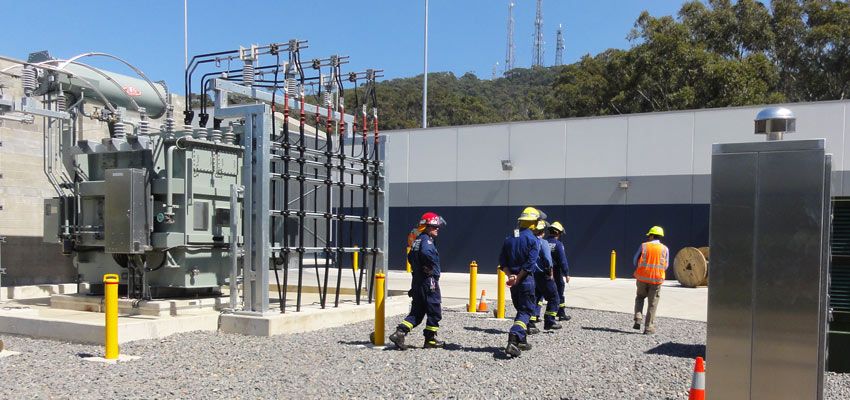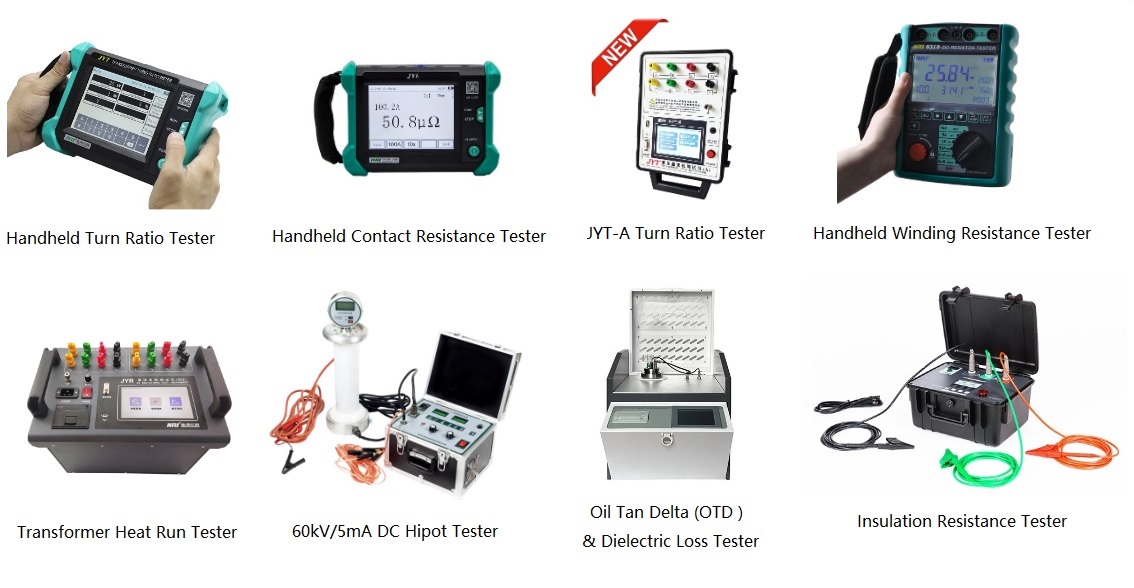What are the Reasons for Abnormal Voltage Output of Power Transformers?
Under normal circumstances, the output voltage of the transformer should be maintained within a certain range, and a low or high voltage may be an electrical fault. Find this kind of fault, from the following aspects.
1. Power supply voltage
The power supply voltage is low or high, so the output voltage must be low or high. In this case, just measure the power supply voltage. If the power supply is high voltage, it can be measured and compared through the voltage transformer.
2. The position of the tap changer is incorrect
For high voltage power transformers, tap changers are used for voltage regulation. The 10kV distribution transformer tap changer has 3 gears, and the voltage ratio of each gear is shown in the table.
|
Tap Position
|
High Voltage (kV)
|
Low Voltage (V)
|
|
I
|
10.5
|
400
|
|
II
|
10
|
|
III
|
9.5
|
If the power supply voltage is low and the tap changer is placed in the I gear, the output voltage must be low, otherwise the output voltage will be high.

3. Short circuit between turns of winding
The inter-turn short circuit occurs in the high-voltage or low-voltage windings of the transformer, which actually changes the turns ratio of the high-voltage and low-voltage windings, that is, the voltage ratio.
(1) If an inter-turn short circuit occurs in the high-voltage winding, the number of turns N1 on the primary side decreases, the transformer ratio decreases, and the output voltage increases.
(2) If an inter-turn short circuit occurs in the low-voltage winding, the number of turns N2 on the secondary side decreases, the voltage ratio of the transformer increases, and the output voltage decreases. Turn-to-turn short-circuit faults can be further found by measuring the DC resistance of the windings or the transformer ratio.
4. Core and winding defects
When the load is on, if the output voltage drops a lot compared to no-load, it means that the voltage inside the transformer has dropped too much. This is due to some defects in the iron core and winding, which increase the leakage magnetic impedance. When the load current flows through this impedance , the voltage drops a lot.
5. Three-phase load asymmetry
If the distribution transformer supplies many single-phase loads such as lighting and electric welding machines, these loads are not three-phase symmetrical, and the three-phase current is asymmetrical, which causes the three-phase impedance voltage drop in the transformer to be unequal, making the three-phase output voltage unbalanced . The three-phase load is asymmetrical. The most serious situation is that only one phase has a rated load, and the other two phases are unloaded. At this time, the phase voltage with load is significantly reduced, and the other two-phase voltages without load are significantly increased. In severe cases, the phase voltage can be increased ten times. It is because of this situation that it is often seen that when there is a welding machine working on a certain phase, the bulbs on the other two phases are obviously brightened or even burned out, while the phase where the electric welding machine is working, the bulbs are obviously dimmed. right here.
In order to limit the asymmetry of the load, the relevant regulations stipulate that the current on the neutral line of the transformer shall not exceed 25% of the rated current of the phase line.
6. The failure of one phase on the high voltage side of the transformer
The lack of power in one phase of the high-voltage side will cause a serious imbalance in the output voltage of the low-voltage side. Assuming that the w-phase is powered off, at this time iw=0, the same current iu=-iv flows through the two windings of u and v, and the magnetic flux in the iron core will change. The magnetic flux of the w-phase winding in series is φu-φv. Since the magnetic circuits φu and φv pass through are different, their values will not be completely equal, so that the w-phase voltage on the low-voltage side is not 0. Likewise, the voltage variation on the low voltage side can also be analyzed. Due to the different core structures and winding forms of various transformers, the voltage on the low-voltage side will be different if one phase is missing on the high-voltage side. Table 12 lists the distribution of the voltage on the low-voltage side after each phase on the high-voltage side of a 10kv, lokv distribution transformer is disconnected, which can be used as a reference when finding faults.
The potential on the secondary side of the transformer changes with the potential on the primary side, so after the phase w on the primary side is interrupted, the voltage on the secondary side drops to 0.866 times the normal value, respectively. When a phase loss accident occurs, the operating voltage of the single-phase load connected to the u and v phases will drop by about 14%. Therefore, high attention must be paid to the disconnection of one phase on the primary side or the secondary side during operation of the transformer.
Voltage distribution of each phase on the low-voltage side when the high-voltage side of a distribution transformer lacks phase:
|
|
uuv
|
uvw
|
uwu
|
uun
|
uvn
|
uwn
|
|
Normal
|
390
|
400
|
390
|
220
|
227
|
225
|
|
U-Phase
failure
|
205
|
390
|
190
|
10
|
200
|
190
|
|
V-Phase
failure
|
320
|
420
|
390
|
190
|
225
|
240
|
|
W-Phase
failure
|
390
|
420
|
280
|
155
|
260
|
200
|
JYW6100 Transformer No-loads and On-loads Power Factor Tester


Kingrun Transformer Instrument Co.,Ltd.


Kingrun Series Power Transformer Testers





